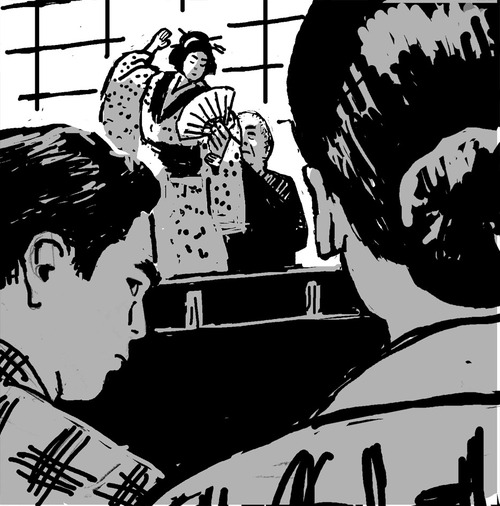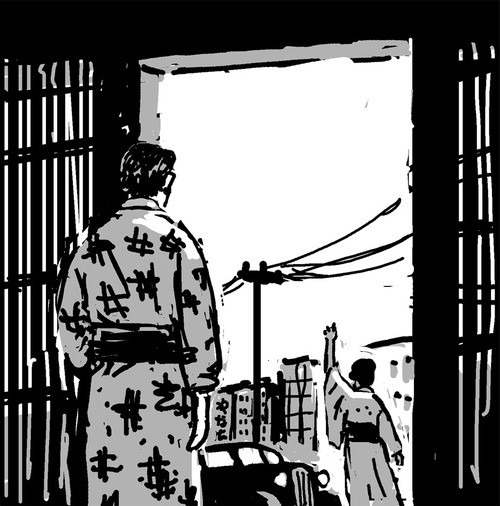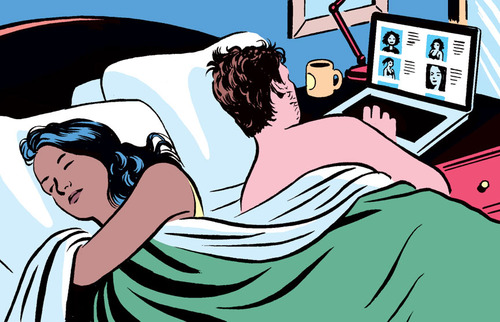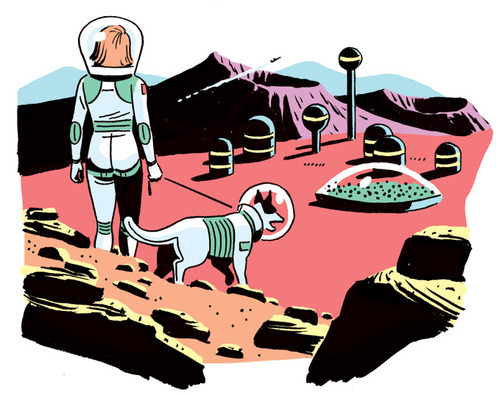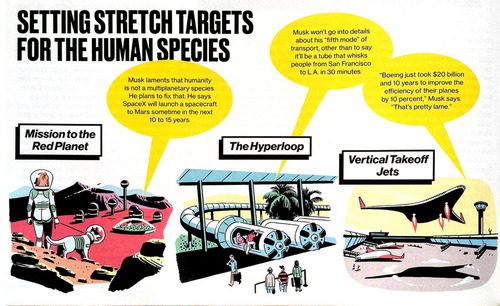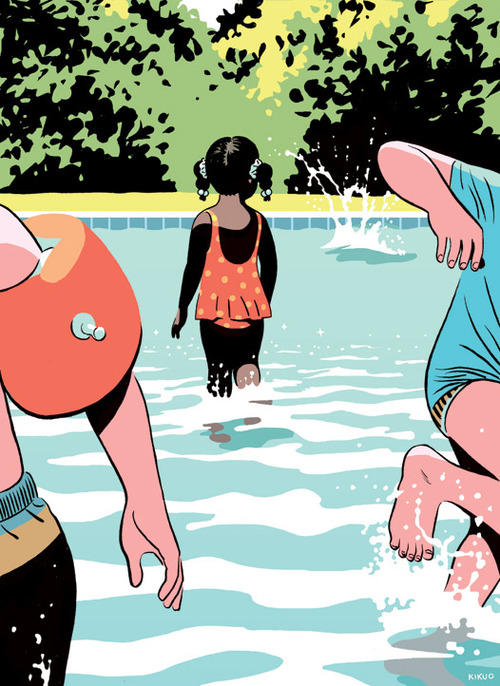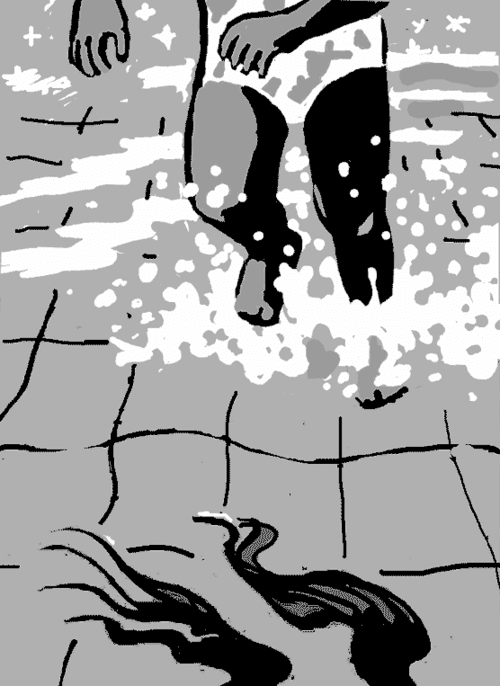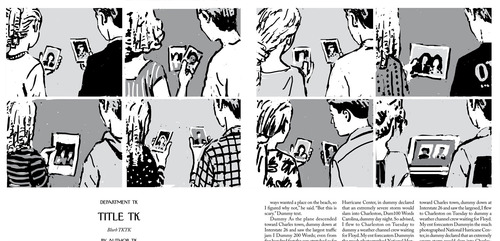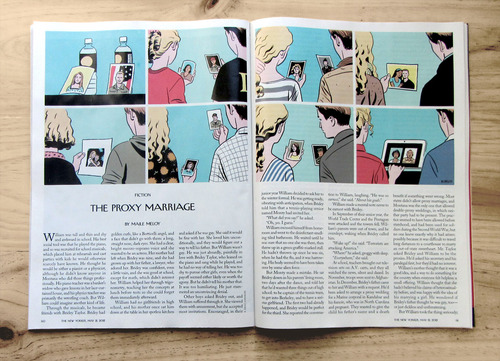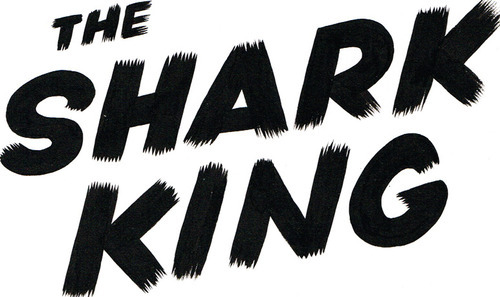
To celebrate its second return to press, here's a collection of sketches, production art, and notes from the making of The Shark King. Thank you to everyone who has contributed to the book's success!
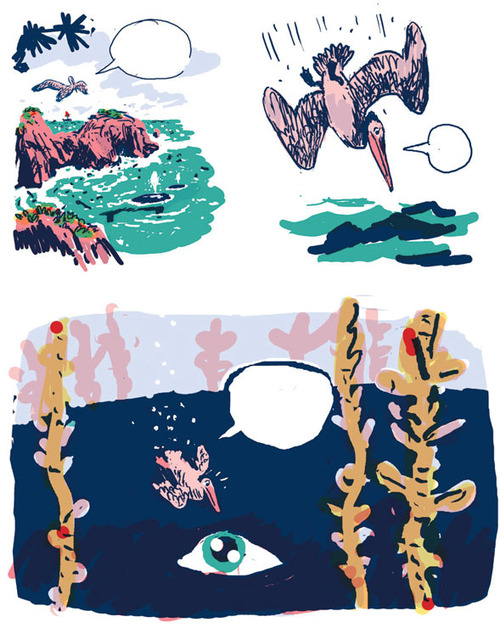
↑ Rough style test for an unused book concept.
When Françoise Mouly approached me to do an early readers' comic for her Toon line, the first step was to sketch up a few loose concepts for possible books. One of my favorites followed a young pelican, Petey, through the northern Californian coast. Unfortunately for Petey, my sketchbook was promptly hijacked by the rascal who would eventually drive The Shark King.
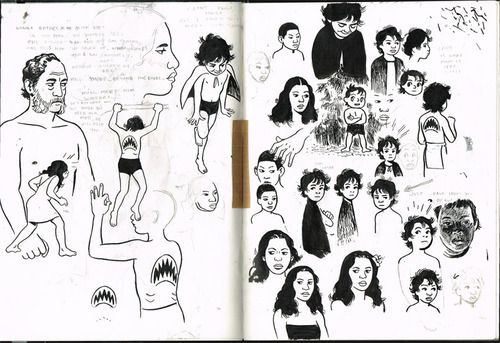 ↑ Early character sketches.
↑ Early character sketches.
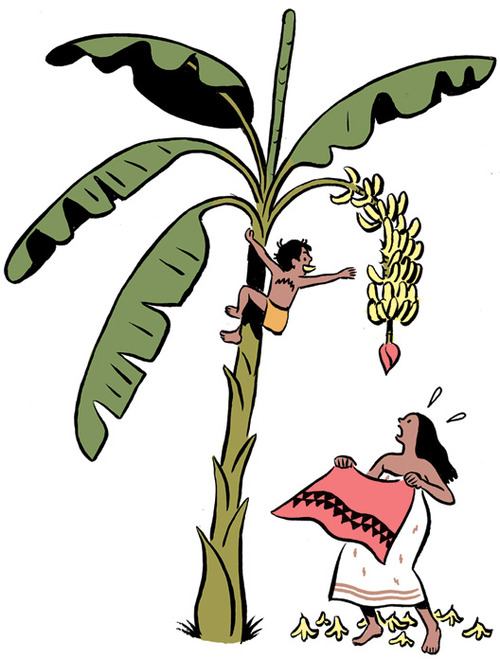 ↑ Nanaue and his mother, Kalei, in an unused vignette for the end papers of The Shark King.
↑ Nanaue and his mother, Kalei, in an unused vignette for the end papers of The Shark King.
I probably first came across Nanaue and his father, the shark-god Kamohoali'i, in elementary school. Rediscovering the mythology as an adult was a revelation. My interpretation in The Shark King tones down the violence of traditional versions in which Nanaue's insatiable appetite for meat compels him to dupe and devour passing fishermen. In some variations, he is ultimately butchered and cooked by villagers in retribution. Historians speculate that this story may have emerged to explain the terror of an ancient cannibal. Although brutal, the Nanaue myth has a strong emotional core in its protagonist, a young outcast searching for his place in the world.
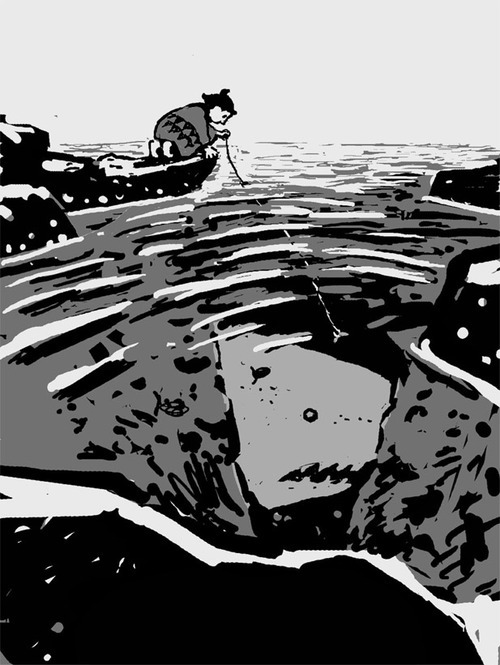 ↑ Unused cover sketch.
↑ Unused cover sketch.
The Shark King depicts ancient Hawaiians fishing with throw nets, fishing poles, and large hukilau (seine) nets. In my research, I learned that throw net fishing was introduced to Hawaii by Japanese migrants in the nineteenth century. Pole fishing began as an eighteenth century sport reserved for the ali'i (chief class). Of the three techniques illustrated, only the hukilau was likely practiced in ancient Hawaii.
Intricate lures, traps, spears, and a wide variety of nets were masterfully crafted and employed throughout ancient Polynesia. Early drafts of The Shark King included some of these tools, but their appearance was so unfamiliar, I ultimately decided that the space used to explain their function was better focused on Nanaue's struggle.
 ↑ Barkcloth was produced throughout Polynesia, but Hawaiian kapa was renowned for its refined quality. Examples like this one inspired the patterns on Kalei's Pa'u (wraparound). From the collection of the Bishop Museum, Honolulu Hawaii.
↑ Barkcloth was produced throughout Polynesia, but Hawaiian kapa was renowned for its refined quality. Examples like this one inspired the patterns on Kalei's Pa'u (wraparound). From the collection of the Bishop Museum, Honolulu Hawaii.
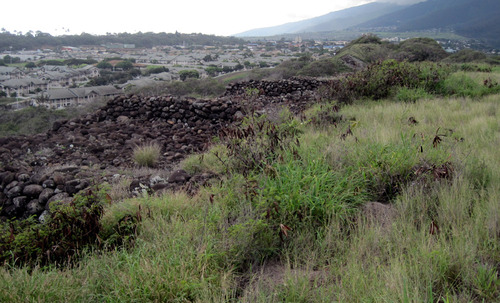 ↑ The ruins of an ancient Heiau (temple) complex overlooking sprawl in Waiehu, Maui. Invasive koa haole and other non-native plant species comprise the overgrowth. I took this photo on a research trip home. I grew up in the subdivision visible at the foot of the distant mountains in the upper right corner.
↑ The ruins of an ancient Heiau (temple) complex overlooking sprawl in Waiehu, Maui. Invasive koa haole and other non-native plant species comprise the overgrowth. I took this photo on a research trip home. I grew up in the subdivision visible at the foot of the distant mountains in the upper right corner.
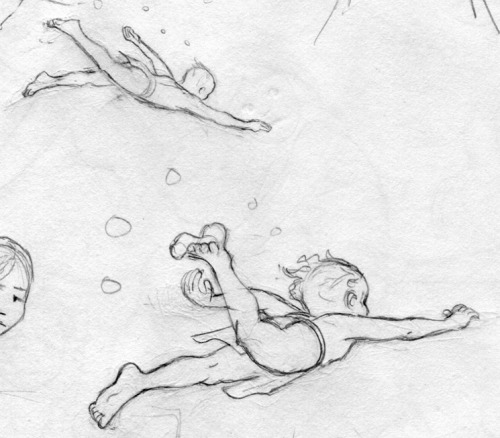 ↑ Sketchbook.
↑ Sketchbook.
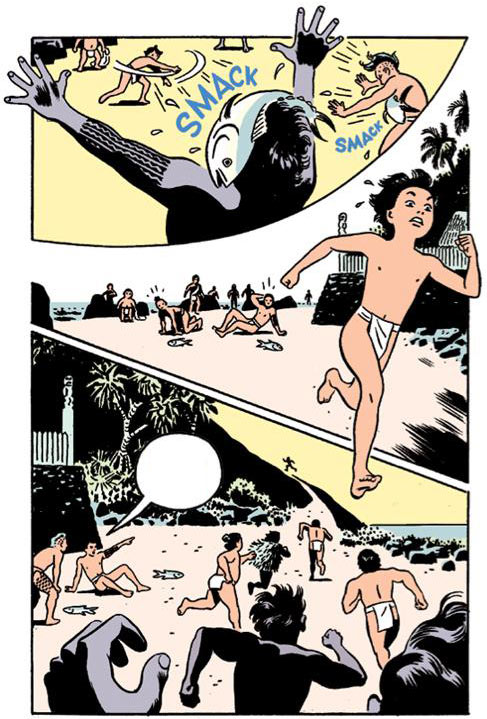
↑ Rejected style test for The Shark King. This looks more like a page from an 80s DC superhero comic than the kids book I had in mind.
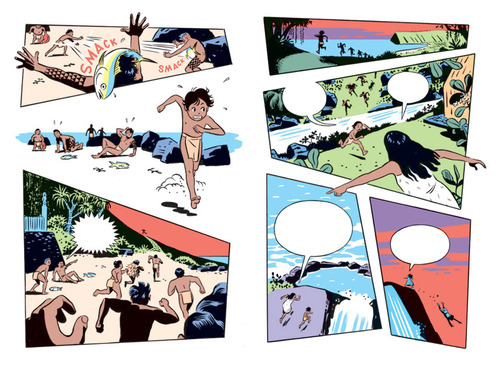
↑ A more colorful and cartoony chase scene as it appears in The Shark King.
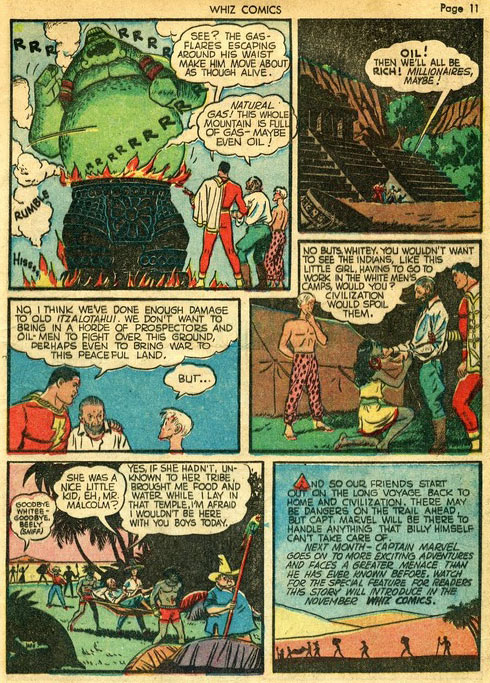 ↑ Whiz Comics #22 by C.C. Beck, 1941.
↑ Whiz Comics #22 by C.C. Beck, 1941.
While searching for a simple, direct, and colorful way to depict Nanaue's world, I returned often to the work of C.C. Beck. I'm always impressed by how much information he squeezed into his 1940s Captain Tootsie comic book ads without them ever feeling cramped. During his thirteen year stint illustrating Captain Marvel, Beck only wrote one 11-page story: 1941's "The Temple of Itzalotahui" (It's-a-lot-a-hooey). Although dated by cultural sensibilities, for me, this story is his best.
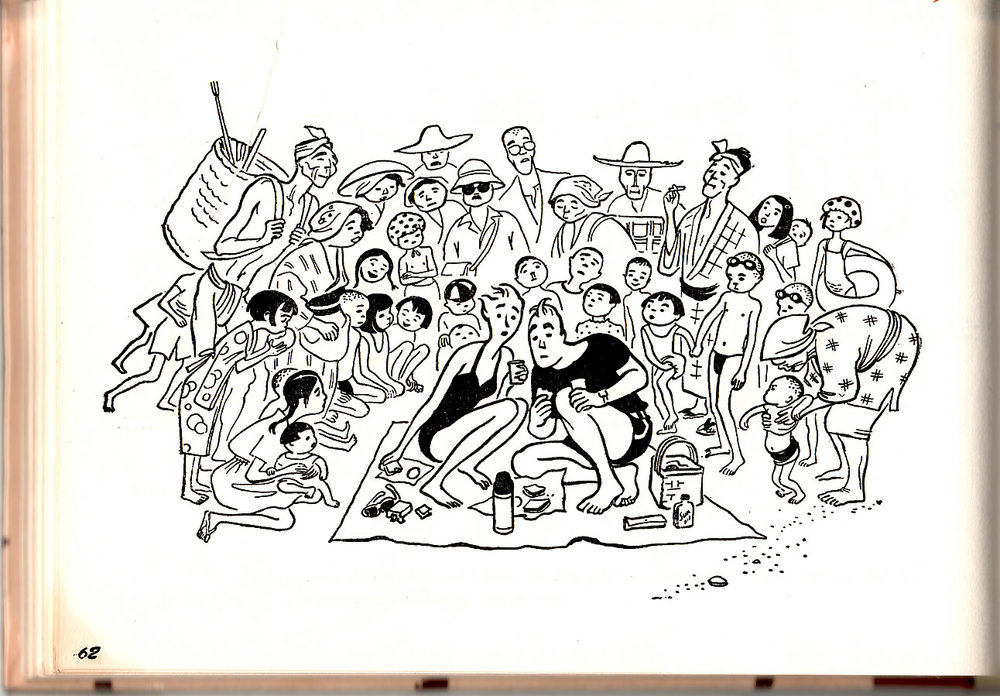 ↑ Anne Cleveland's elegant figure work in It's Better With Your Shoes Off, 1955, was another source of inspiration.
↑ Anne Cleveland's elegant figure work in It's Better With Your Shoes Off, 1955, was another source of inspiration.
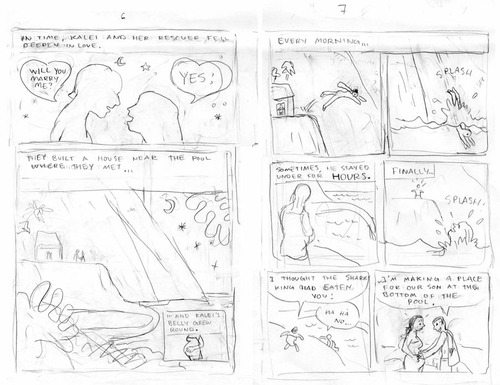 ↑ An early rough for pages 10 and 11. The entire book began as a loose cartoon manuscript and slowly tightened over the course of many subsequent sketch-drafts.
↑ An early rough for pages 10 and 11. The entire book began as a loose cartoon manuscript and slowly tightened over the course of many subsequent sketch-drafts.
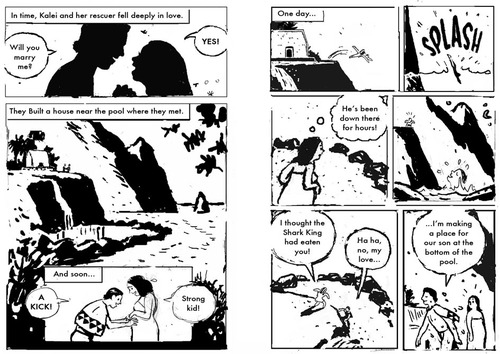 ↑ Digitally revised sketch.
↑ Digitally revised sketch.
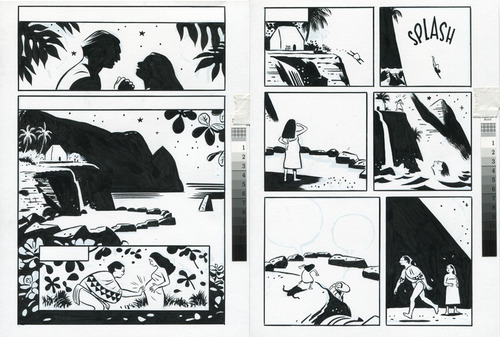 ↑ Raw scans of the finished pen and ink artwork.
↑ Raw scans of the finished pen and ink artwork.
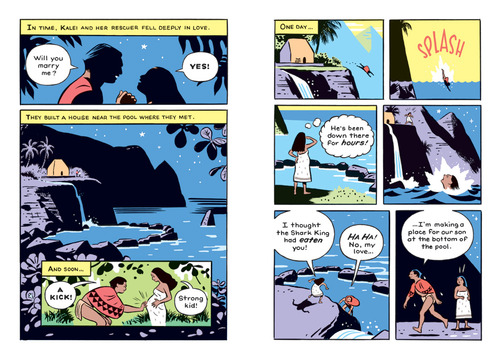 ↑ Digitally colored artwork.
↑ Digitally colored artwork.
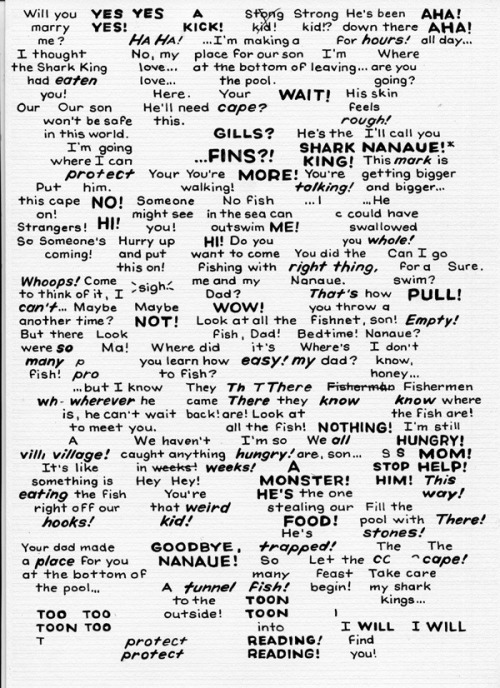 ↑ Hand lettering was done separately.
↑ Hand lettering was done separately.
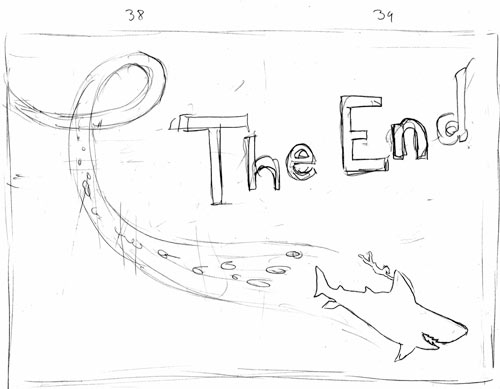
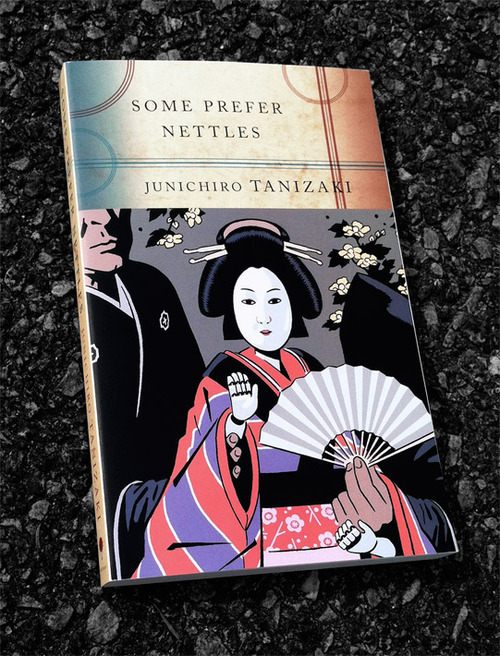 ↑ This edition is part of Random House's new Modern Japanese Classics series. The entire line shares the same title treatment designed by John Gall.
↑ This edition is part of Random House's new Modern Japanese Classics series. The entire line shares the same title treatment designed by John Gall.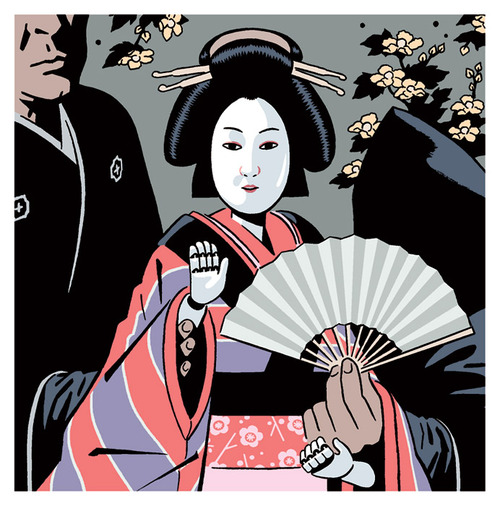 ↑ Bunraku, Japanese puppet theater, is central to the novel's theme.
↑ Bunraku, Japanese puppet theater, is central to the novel's theme.